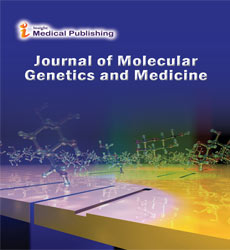Genome-wide haplotype-based association analysis of phenotypic extremes in primary angle closure glaucoma identifies a novel association of 13 risk variants in CNTNAP5
Abstract
Primary angle closure glaucoma (PACG) is one of the leading causes of irreversible blindness worldwide having complex genetic etiology. In GWAS, due to genetic heterogeneity, being in LD with a true molecular variant, a non-causative marker shows a more significant association statistically than the causal variant itself. From this perspective, we proposed an age agnostic case-control haplotype based genome-wide association study on older (age ≥60 years) anatomically suspect controls (PACS) showing narrow angle <15° and PACG individuals having age ≤50 years. Logistic regression were carried out on haplotype blocks across the entire genotyped dataset of a haplotype blocks of 3, 4, 5, 6, 7 and 8 respectively in 148 PACG and 92 PACS individuals. Subsequently, Manhattan plots were generated for each block. Further, GWAS hits were prioritized for their biological relevance using bioinformatics approach and pathway enrichment analyses for an understanding of the molecular pathways involved in PACG.
Open Access Journals
- Aquaculture & Veterinary Science
- Chemistry & Chemical Sciences
- Clinical Sciences
- Engineering
- General Science
- Genetics & Molecular Biology
- Health Care & Nursing
- Immunology & Microbiology
- Materials Science
- Mathematics & Physics
- Medical Sciences
- Neurology & Psychiatry
- Oncology & Cancer Science
- Pharmaceutical Sciences
